PPT-American Life in the Seventeenth Century
Author : kittie-lecroy | Published Date : 2016-08-13
Life in the Chesapeake Illnesses Life expectancy Men to Women Ratio 61 HOW SLAVERY CAME TO THE US Indentured Servants Indentured servants became the first means
Presentation Embed Code
Download Presentation
Download Presentation The PPT/PDF document "American Life in the Seventeenth Century" is the property of its rightful owner. Permission is granted to download and print the materials on this website for personal, non-commercial use only, and to display it on your personal computer provided you do not modify the materials and that you retain all copyright notices contained in the materials. By downloading content from our website, you accept the terms of this agreement.
American Life in the Seventeenth Century: Transcript
Download Rules Of Document
"American Life in the Seventeenth Century"The content belongs to its owner. You may download and print it for personal use, without modification, and keep all copyright notices. By downloading, you agree to these terms.
Related Documents

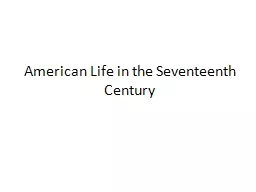
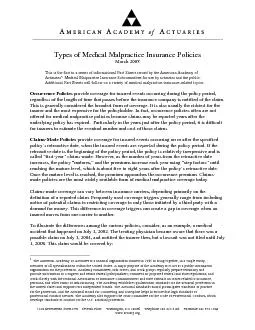
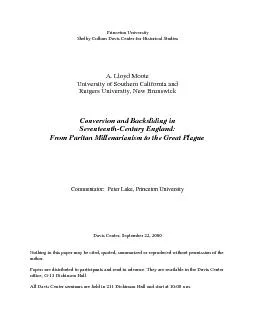



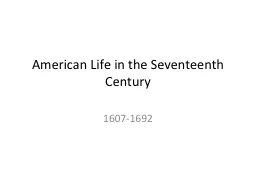
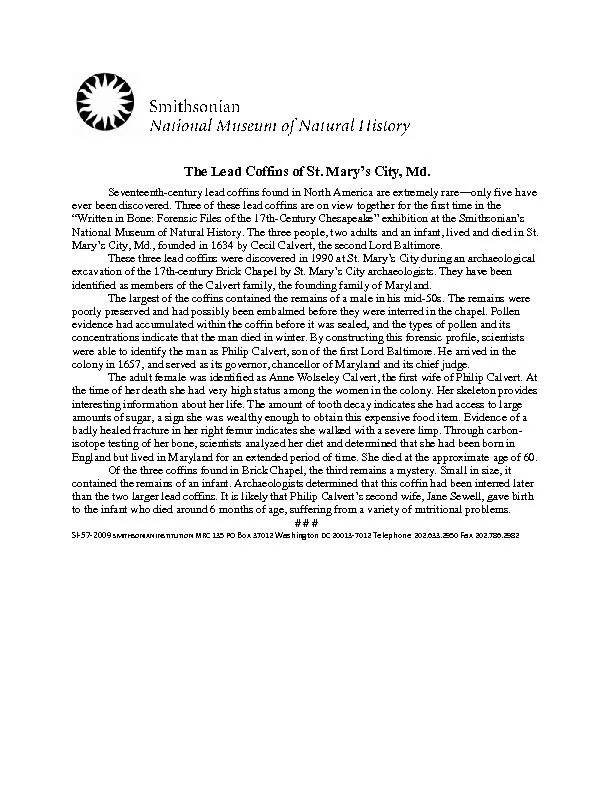



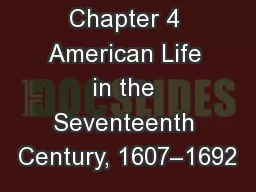

![[BOOK]-Cartographies of Tsardom: The Land and Its Meanings in Seventeenth-Century Russia](https://thumbs.docslides.com/957046/book-cartographies-of-tsardom-the-land-and-its-meanings-in-seventeenth-century-russia.jpg)